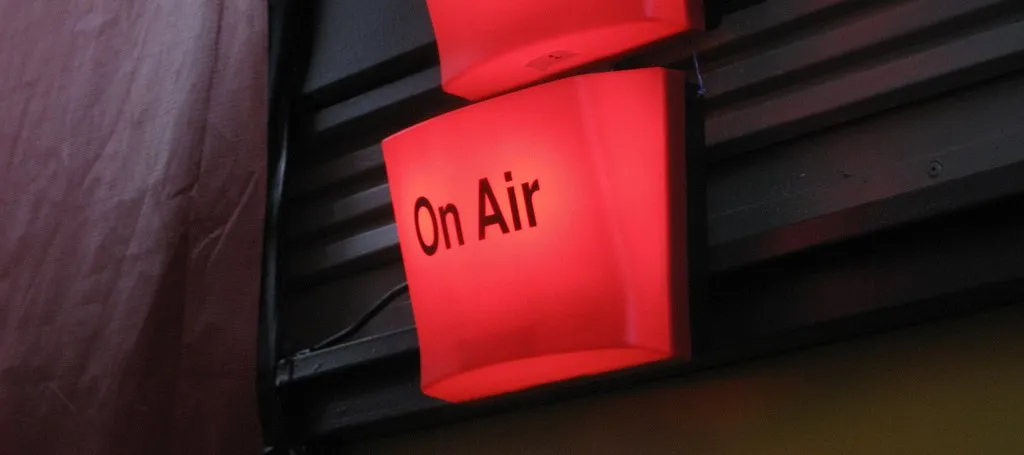
The Live Stream is Now Mainstream
If you read our 2017 Digital Predictions earlier this month, you know live video is expected to grow this year even more than it did in 2016. Brands, news organizations, and nonprofits of all sizes are using live video streaming to connect personally with audiences.
As tomorrow’s inauguration of the 45th President of the United States draws near, we’re hearing all over “the world is watching” — for those of us closely following digital trends, the question we’re asking is, how will people be watching? The answer, for many: via the live web or social media video stream.
People around the world are watching the biggest news stories and events via live video stream, in addition to, and quite possibly surpassing, the number of people tuning in via traditional TV news. We saw this trend away from television take root over the past couple years, with consumers turning to Snapchat to keep up with events like the Summer Olympics and MTV Video Music Awards. At the same time, we’ve seen the steady trend of consumers cutting the cable cord, and as a result, media publishers adapting to reach their web- and social-centric audiences. To do so, many are turning to live video across a variety of social media platforms.
2016 was a big year for live video. By now, everyone knows who Chewbacca Mom is (her video was, by far, the most watched Facebook Live video of 2016). But 2016’s live streaming highlights were about much more than that. During the summer’s European soccer finals, content delivery network Akamai reported a peak of 3.3 million concurrent streams, totalling a traffic rate of 7.3 terabits per second.
In June, Buzzfeed UK and Facebook Live presented four separate town hall-style debates around the EU referendum. Not only did thousands of reactions and comments stream in throughout these live streams, but they also garnered more views than the respective live TV debates combined. Similarly, throughout the year in the U.S., live video played a major role in the presidential election process. YouTube’s report of election night coverage indicated their news partners reached a peak of 1.7 million concurrent viewers, a total of 47 million live views, and 10 million total hours watched.
Live video streams make major news and events both more accessible and more engaging. On Twitter, alongside the platform’s featured live video is a live feed of tweets using a specific hashtag. On Facebook Live, viewers can use the platform’s Reactions to express how they feel in response to what is being said or shown in the video. There and on YouTube, viewers can also comment in real time, as well as respond to other viewers’ comments.
With our focus on moderation, digital engagement, and community building, ModSquad is of course keen to see how communities of all sorts take on the unique challenge live comment streams pose (and of course even more keen to work with brands who want our help managing and moderating such discussions).
Live video streaming is here to stay, at least for the foreseeable future. If you’re thinking about incorporating live social video into your community strategy, drop us a note. We’d love to help design a strategy for community engagement or help you keep discussions properly moderated.

